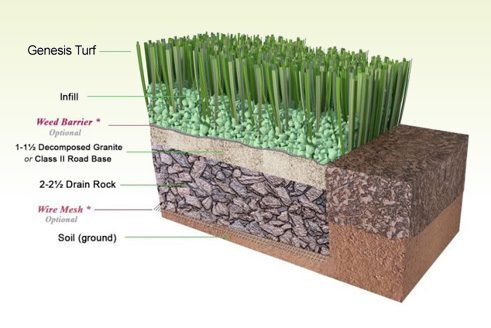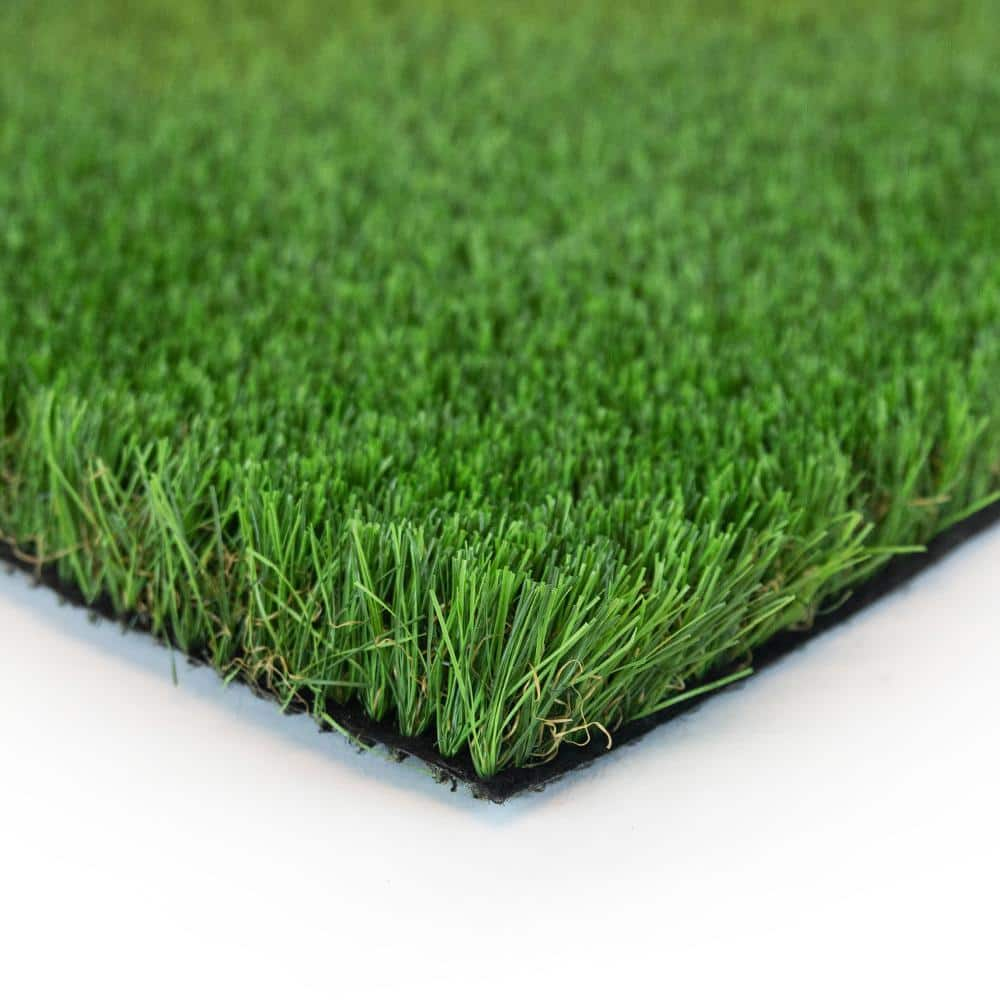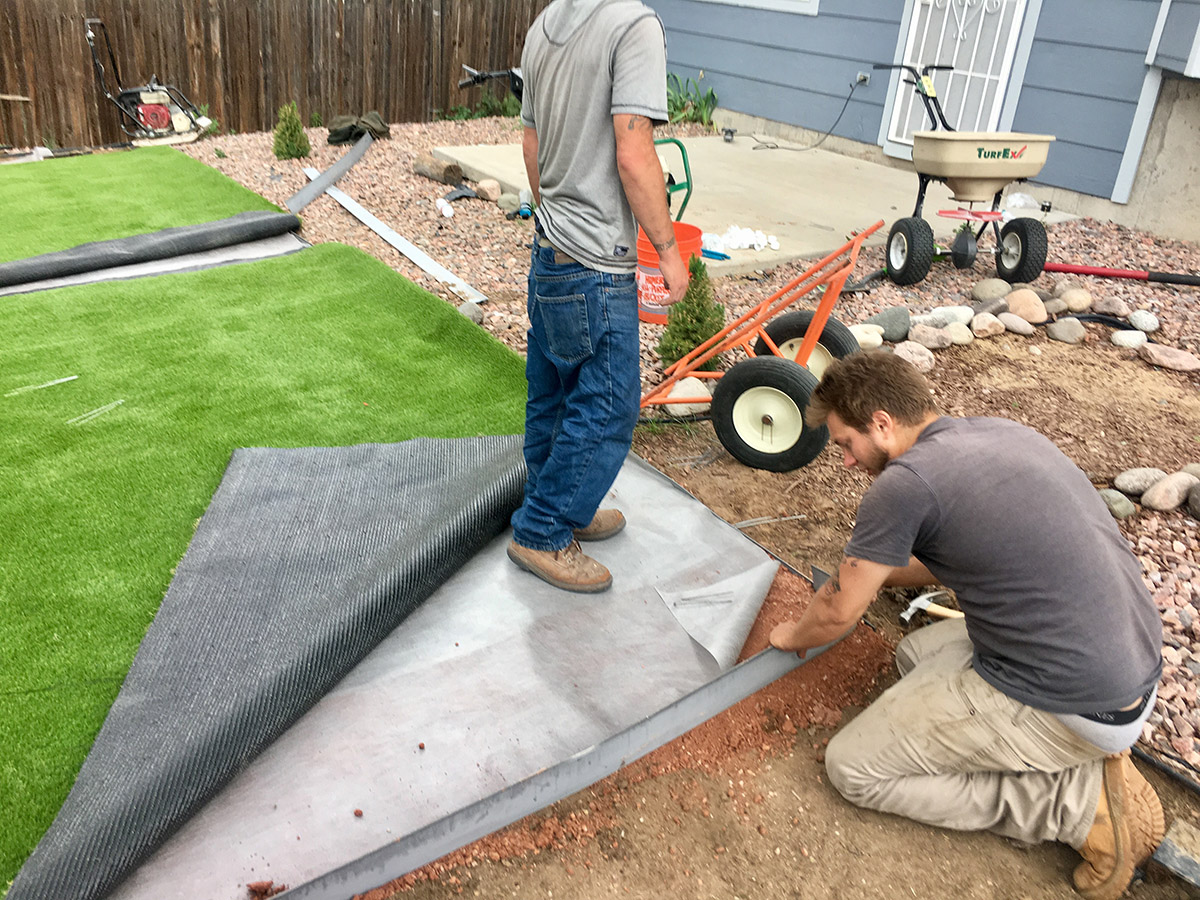Top-Rated Phoenix Turf Companies Specializing in Synthetic Grass Solutions
Top-Rated Phoenix Turf Companies Specializing in Synthetic Grass Solutions
Blog Article
See Why Homeowners Prefer Synthetic Grass for Lasting Landscaping Practices
As property owners increasingly prioritize sustainability in landscaping, synthetic grass has become an engaging choice to traditional turf. Its ability to conserve water, minimize maintenance initiatives, and decrease ecological influence positions it as a sensible selection for those looking for eco-friendly solutions. In addition, the aesthetic appeal and convenience of man-made turf deal with varied style preferences. Nonetheless, the ramifications of this change expand past mere ease and appearances, triggering a closer assessment of exactly how these choices affect wider environmental outcomes. What stays to be explored is the full range of advantages that man-made turf can use to property owners and the setting alike.
Water Conservation Benefits
Among one of the most significant advantages of synthetic lawn is its role in water preservation. Traditional yard lawns require significant quantities of water to preserve their rich appearance, usually causing overuse of neighborhood water resources, especially in deserts. On the other hand, synthetic grass eliminates this need completely, as it does not require watering. This not only saves water but also minimizes the strain on local water systems, particularly during drought conditions.
Additionally, the setup of man-made turf can add to an extra lasting landscape. Home owners can substantially reduce their water expenses, enabling for reallocation of sources to other ecological initiatives or family uses. Additionally, synthetic grass is created to withstand various weather conditions without the demand for additional watering, making it a perfect choice for areas dealing with water shortage.
The environmental benefits expand past immediate water savings. By minimizing water intake, fabricated lawn aids to minimize the influences of climate change, preserving vital ecosystems that are threatened by too much water extraction. As sustainable landscape design practices acquire traction, synthetic grass arises as a liable selection for house owners seeking to produce environmentally friendly outdoor spaces.
Decreased Upkeep Efforts
Synthetic grass significantly reduces upkeep initiatives contrasted to standard grass yards. With artificial turf, house owners can eliminate the taxing tasks connected with natural landscape design, such as mowing, fertilizing, and weeding. This not only saves important time however likewise lowers physical labor, making lawn treatment available for people of all ages.
One of one of the most remarkable advantages is the absence of routine mowing. Traditional lawns need constant cutting to maintain a cosmetically pleasing elevation, whereas synthetic grass stays consistently rich without the need for reducing. In addition, property owners no more need to apply fertilizers or pesticides, which are usually required to maintain natural yard healthy. This shift not just lightens the workload but likewise advertises a neater, a lot more consistent appearance year-round.
Furthermore, artificial turf is long lasting and resistant, needing very little maintenance past periodic cleaning and washing to get rid of debris. This simplicity of upkeep enables home owners to enjoy their outdoor spaces without the consistent concern of maintenance, providing more time for leisure and family activities. Ultimately, the reduced upkeep efforts connected with artificial turf make it an enticing option for those seeking a low-maintenance, aesthetically appealing landscape.

Ecological Influence Decrease
There is a growing recognition of the ecological advantages connected with synthetic lawn, especially in regards to water preservation and lowered chemical usage. Traditional yards need significant quantities of water, particularly in drought-prone areas, resulting in boosted strain on neighborhood water resources. In comparison, synthetic grass eliminates the need for watering, substantially reducing water consumption and promoting sustainability.
Furthermore, conventional yard maintenance often entails the application of chemicals, herbicides, and fertilizers, which can add to dirt and water contamination. Man-made grass alleviates this environmental danger by requiring very little upkeep and basically removing the requirement for unsafe chemicals. This not just boosts dirt wellness however additionally shields regional communities from toxic runoff.
Furthermore, the manufacturing of natural grass lawns generally includes using fossil gas for cutting and landscape design devices, more contributing to greenhouse gas emissions. By choosing synthetic grass, house owners can substantially decrease their carbon impact related to grass care activities.
Visual Appeal and Flexibility
Along with its environmental benefits, synthetic grass provides significant aesthetic allure and convenience for landscaping. Property owners can accomplish a rich, eco-friendly appearance year-round, getting rid of the seasonal variations commonly related to all-natural grass. This consistent aesthetic not just improves the aesthetic allure of a property yet additionally contributes to a refined and well-maintained look.
Moreover, synthetic grass is readily available in a pop over to these guys variety of colors, appearances, and styles, permitting personalization to suit private preferences and style motifs - Turf installation phoenix az. Whether utilized in domestic gardens, industrial rooms, or entertainment locations, it can effortlessly integrate right into varied landscape design designs, from modern-day minimal to lush tropical setups
The adaptability of artificial lawn expands beyond mere look; it can be installed in different areas, including roofs, patios, and even indoor spaces, developing possibilities for one-of-a-kind landscape design services. In addition, it is ideal for a variety of tasks, from children's backyard to pet-friendly settings, giving capability without compromising style.
Eventually, the visual charm and versatility of fabricated grass make it an eye-catching choice for house owners looking for sustainable landscape design options that do not compromise charm for environmental responsibility.

Long-Term Expense Savings
One of the most compelling advantages of man-made grass is its possibility for long-lasting cost financial savings. Unlike natural lawn, which calls for regular maintenance-- including mowing, watering, feeding, and insect control-- artificial turf dramatically lowers these ongoing costs.
Additionally, synthetic grass has a lifespan of 15 to 25 years, relying on its top quality and usage. This resilience decreases substitute costs, making it an extra economical option in the future. In addition, the initial investment in fabricated turf can frequently be redeemed through the financial savings accrued over time.
While the ahead of time cost may seem higher compared to sod setup, the cumulative financial savings from decreased maintenance and water use often surpass these initial expenditures. Inevitably, the fostering of fabricated lawn not just advertises a lasting landscaping solution but likewise supplies home owners an economically wise alternative that aligns with lasting budgeting objectives.
Final Thought
Synthetic lawn arises as a compelling option for lasting landscape design, offering considerable advantages in water conservation, lowered upkeep efforts, and reduced ecological effect. As neighborhoods significantly prioritize eco pleasant techniques, the adoption of fabricated grass stands for a progressive action towards achieving lasting and resistant landscapes.
Furthermore, artificial lawn click now is made to withstand different climatic conditions without the need for extra watering, making it an ideal option for areas encountering water scarcity. (Phoenix turf companies)

Fabricated grass emerges as a compelling option for lasting landscaping, supplying considerable advantages in water preservation, decreased maintenance efforts, and reduced ecological influence.
Report this page